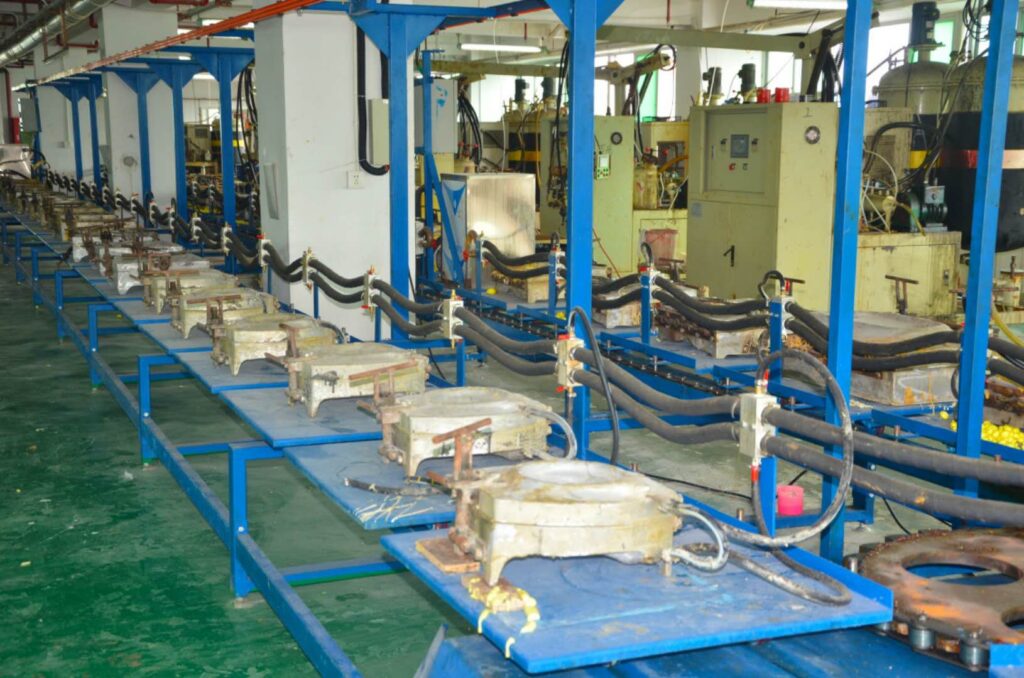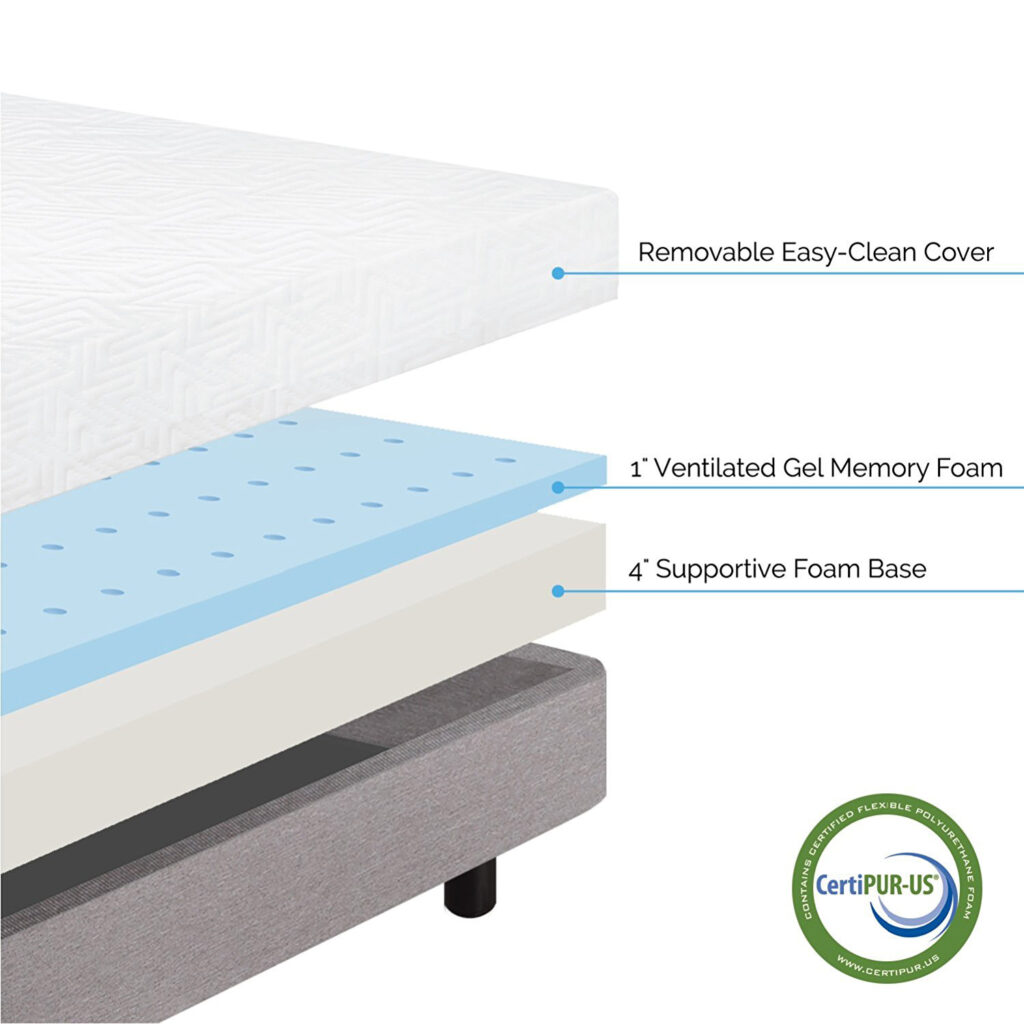When you choose a sponge product, whether it is pillows, cushions, or mattresses, I know how confusing it can be when you have tons of options for foam. When you search the web for the best quality foams out there, you often come across three major ones that frequently pop up. These are high resiliency foam, memory foam, and gel foam.
Each of these has some unique properties, which is why they are popular. In this blog, I’ll explain the unique properties of these foams, and hopefully, by the end of the blog, you will know which foam fits you best. So hop along, this is going to be a comfy ride.
Raw Material Composition
Before understanding the characteristics of each sponge, let’s clarify a concept first.
Whether it is high resiliency foam, memory foam, or gel foam, they are all created by combining polyol and diisocyanate to form polyurethane. After this, other compounds may be added to achieve suitable elasticity and density. The proportion of other compounds is very small, less than one percent. So usually say that these three foams use the same material (Polyurethane, Referred to as PU).
In addition, there is no absolute relationship between density and hardness, and it is not that the higher the density, the harder it is. The hardness is adjusted by the types and proportions of other compounds. For example, two memory foam of the same 50 density can make different hardness. The price is related to the density because the density determines the amount of polyurethane material used. The change of compound involved in adjusting the hardness is very, very small, so the adjustment of the hardness does not have a direct impact on the cost.
However, there is usually a higher MOQ for adjusting the hardness. That is because every time the raw material formula is changed, the foaming machine needs to be thoroughly cleaned. The foaming machine has a long tube with residue inside. More than expected, cleaning is not with water or other detergents, but with the continuous filling and dilution of raw materials until the previous materials are emptied. Some factories will increase the MOQ to share the cost, and some factories may directly charge additional fees. Based on our experience if the MOQ is more than 500pcs, the additional cost is more than $200, you should pay more attention.

High Resiliency Foam:
The origin of the name high resiliency foam is because when you put pressure on it and then release it, the foam rebounds very quickly in a few milliseconds. So you can understand that high resiliency is a high-speed rebound/resiliency. Look, is it better to remember.
Features:
The density of high resilience currently on the market is usually around 25~30D. High Resiliency is usually placed under memory foam, used as a middle layer or base layer of foam products, like mattresses, pillows, etc. It is also often used in sofas. Compared with memory foam, its support is very good. Lie on a 2” memory foam sheet, you may feel your butt touch the ground. But a high resiliency foam will only have a slight sag.
Therefore, when you need a product with a pressure greater than 50 pounds, a product with high resiliency foam will be more suitable. Like a mattress, seat cushion, footrest cushion, etc.
Although it has the perfect bounce, remember that, like all polyurethane foams, high resilience foams also tend to off-gas. This means that it is best to opt for another mattress if you have any kind of significant lung issues, but you can always use it as a seat cushion or a footrest cushion. Excluding this, there is no issue whatsoever, and it provides a great level of comfort.
Advantages:
- It has very high rebound.
- This foam has the most support.
- No alterations in density due to temperature.
- The density and hardness can be altered based on the use during production.
- Hypoallergenic.
If you wanna try high resiliency foam, I recommend trying out the Footrest Cushion from Mobius. It is a small piece which won’t take much place and very useful in your working time.

Memory Foam:
The memory foam material was developed by NASA. For details, please refer to this article.
Compared with high resiliency foam, when you apply pressure to it and release it, it takes 1 to 3 seconds to recover.
Memory foam is a popular choice amongst many. It is also my personal favorite. This kind of foam is also known as viscoelastic polyurethane foam or low resistance polyurethane. It is often used in mattresses top layers, pillows, shoes, and blankets. However, it is most popular in pillows and cushions.
Features:
Memory foam is popular because of its unique features. It is sensitive to temperature and pressure, so it can provide you with the exact even distribution that you need. This material feature makes it good at relieving pressure. So it is very suitable for people with neck pain and back pain. Their popularity has led to the creation of different varieties of memory foams. For instance, at Mobius, we have basic memory foam, shredded memory foam, gel memory foam, and so much more. You can create anything you like with a few additions to the mixture during formulation.
Advantages:
- Ideal for all sleeping positions.
- Temperature adaption.
- Less back, neck, or joint pain.
- Good alignment and pressure relief.
- Keep its shape.
- The density can be altered based on the use during production.
- Hypoallergenic.
Mobius has an extensive range of memory foam pillows and cushions of multiple types. There are ones with shredded memory foams, some with specific shapes for specific purposes, and some designed for babies. Our standard one is the Classic Memory Foam Pillow.

Gel Foam:
Gel foam is actually a kind of memory foam because it is widely used in the market and loved by consumers, so here we will talk about it separately. It is a combination of memory foam and gel beads, mainly used to solve the heating problem of traditional foam.
Features:
With the advantages of memory foam, gel foam solves the problem of cooling, so it can be regarded as an upgraded version of memory foam. It is usually used on mattress toppers, leg elevation, and pillows.
Advantages:
- Cooling features help dissipate heat.
- Pressure-relieving.
- Retains the original shape of the mattress underneath if placed on top.
- Better circulation of air.
- Balanced support.
Mobius has a wide variety of gel foam and gel memory foam options. Our options include mattress toppers, sheet cushions, memory gel foam pillows, and more. A popular customer choice is the Gel Mattress Topper.

The Foams at a Glance:
To further simplify the properties of each foam, you may refer to the table below:
| Property | High Resilience Foam | Memory Foam | Gel Foam |
| Responsiveness | High | Low | Low |
| Bounce | High | Low | Low |
| Air circulation | Low | Moderate | High |
| Motion Absorption | Low | High | Low |
| Temperature Sensitivity | None | High | High |
| Popularity | Low | High | Moderate |
| Sagging | Yes | No | No |
| Off-gassing | Yes | No | No |
| Cooling | No | No | Yes |
| Hypoallergenic | Yes | Yes | Yes |
| Used as support | Yes | Yes | Yes |
| Density Alterations | Yes | Yes | Yes |
Conclusion:
For the choice of foam, no one is the best, choosing the right one is the most important. Different products need to achieve different functions, so the type of foam used will also be different. First of all, you need to clarify what is the main function you want? Then choose a balance between support and comfort.



